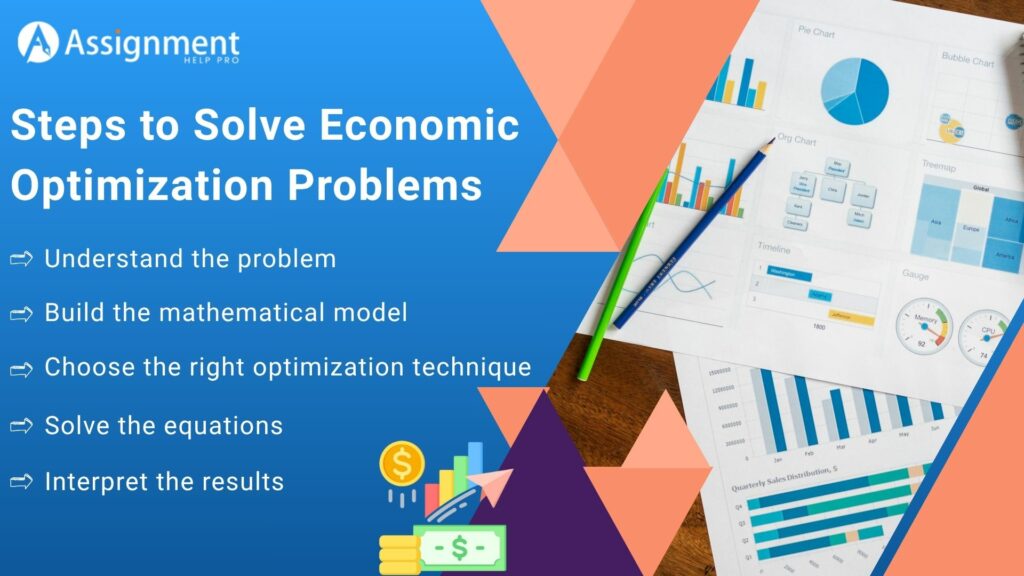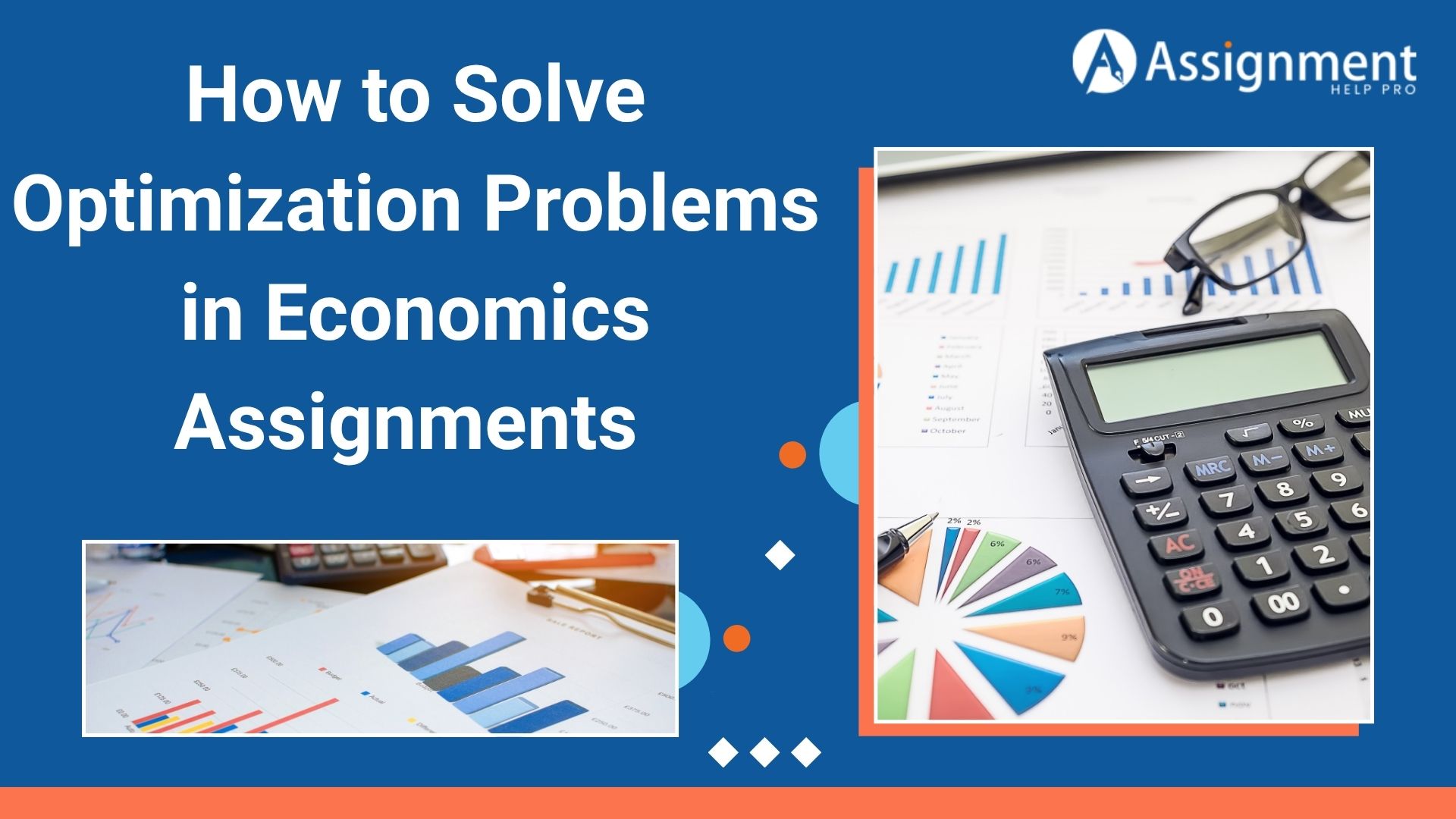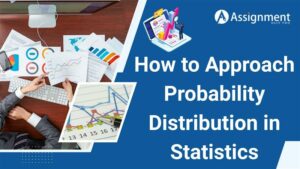If you want to solve optimization problems in economics assignments, start by identifying the objective, variables, and constraints. Next, build a clear mathematical model, apply the right optimization method, solve the equations, and interpret the results in context. With regular practice, you can easily solve the problems.
Optimization is a key idea in economics. No matter whether it is a business trying to earn the most profit, a consumer getting the most satisfaction, or a government cutting costs, the goal is always to make the best choice within certain limits. If you are an economics student, then for your assignment, you will be asked to solve optimization problems. Generally, solving these problems involves using math, economic thinking, and logic. In case you are unsure how to solve optimization problems in economics assignments accurately, read this blog. Here, we have explained the steps for solving the economic optimization problems. Learning how to tackle them well can boost your grades and help you understand the subject better.
Economic Optimization Problems and Their Types
Economic optimization problems are math-based models that will help you figure out the best way to use limited resources to reach a goal. This could mean spending the least money, earning the most profit, increasing output, or getting the most satisfaction, all while following certain rules or limits.
Some common types of optimization problems in economics are utility maximization, cost maximization, profit maximization, revenue maximization, and social welfare maximization.
Understand the Structure of Optimization Problems
An optimization problem in economics usually involves these three parts
- Objective Function: It refers to the function that you are trying to maximize or minimize. It could be profit, cost, satisfaction, or production.
- Decision Variables: These are variables you can choose or control, like how many goods to produce, how many hours to work, or how much money to invest.
- Constraints: These are the limits you have to work within, like a fixed budget, limited resources, or certain technical conditions.
Before you start solving the problem, it is important to clearly understand these parts. Remember, getting the objective or limits wrong can cause mistakes in your answer.
Steps to Solve Economic Optimization Problems
If you are clueless about how to solve optimization problems in your economics assignments, then follow these steps
1. Understand the problem
Begin by reading the question carefully to understand what you need to maximize or minimize. Identify the variables you can control and any limits or restrictions you must follow.
For example, if a firm wants to maximize profit, it should first figure out what that profit looks like. You can write the objective function as
Profit = Revenue – Cost
Here, revenue and cost are both functions of output.
2. Build the mathematical model
Turn the economics problem into a math model by writing the objective function in terms of decision variables and all relevant constraints. For example, in a utility maximization problem, you might want to maximize satisfaction from two goods, x and y, where the total cost of these goods (their prices times quantities) equals your income.
3. Choose the right optimization technique
Depending on the nature of the optimization problem, you can use different mathematical methods to solve it. Some common optimization techniques you could consider are
- Unconstrained Optimization: If there are no limits, you can use calculus by finding derivatives and setting them to zero.
- Constrained Optimization: If there are limits, you can select the Lagrangian method. This means creating a special function that includes the goal and the limits, then finding where its derivatives are zero to solve the problem.
- Linear Programming: If everything is linear (straight lines), you can rely on methods like graphs or the simplex method to find the best solution.
4. Solve the equations
Once you have the equations ready, start solving for the decision variables. This might mean solving several equations at the same time, especially when there are limits to consider. After finding possible solutions, check whether they give a maximum or a minimum by using extra tests. Finally, put these values back into the original equation to find the best possible result.
5. Interpret the results
After solving the equation, make sure to explain what the results actually mean in the real-world context of the problem. Do not just stop at the numbers. Think about what they tell you. For example, how many items should be made or bought? What is the highest possible profit or satisfaction you can get? Also, check if the answers make sense in real life and match what would realistically happen in an economic situation.
All these steps will help you accurately solve optimization problems. But they can also be tricky to handle, especially in higher-level courses or topics like econometrics. If you get stuck, without hesitation, get economics assignment help or econometrics assignment help services offered by subject matter experts online. With their guidance, you can build your foundational skills and effectively solve optimization problems in economics.
Final Words
Optimization problems are a key part of studying economics. They will help you explain how consumers make choices and how businesses make decisions. Even though the math can be challenging, following the steps suggested in this blog can make things easier for you. Moreover, with regular practice and a good understanding of the concepts, you can precisely solve optimization problems in any economics assignment. Get online assignment help from the economics experts in our team if it is challenging for you to solve optimization problems. They will guide you in finding accurate solutions and improving your subject comprehension.
FAQs
1. How do I know whether to use the Lagrangian method or just simple calculus?
Use simple calculus if the problem has no limits or restrictions. Use the Lagrangian method when there is at least one condition you must follow, like a budget or a set amount of output.
2. What if the optimization problem has more than two variables?
The basic idea stays the same. You will have to write a larger objective or Lagrangian function and take partial derivatives for each variable. The math is a bit more complicated, but the steps you follow are still the same.
3. How do I verify that my solution is a maximum and not a minimum (or vice versa)?
Use second-order tests to check your answer. If the problem has one variable, look at the second derivative. A negative value means it is a maximum, while a positive value means it is a minimum. For problems with more than one variable, you can use a method called the bordered Hessian to figure out the type of solution.
4. Can I use software to solve optimization problems in economics?
Yes, tools like Excel, MATLAB, R, and Python can help you solve both simple and complex optimization problems. However, it is important to understand the economic concepts behind the problem before using software to get the answer.





